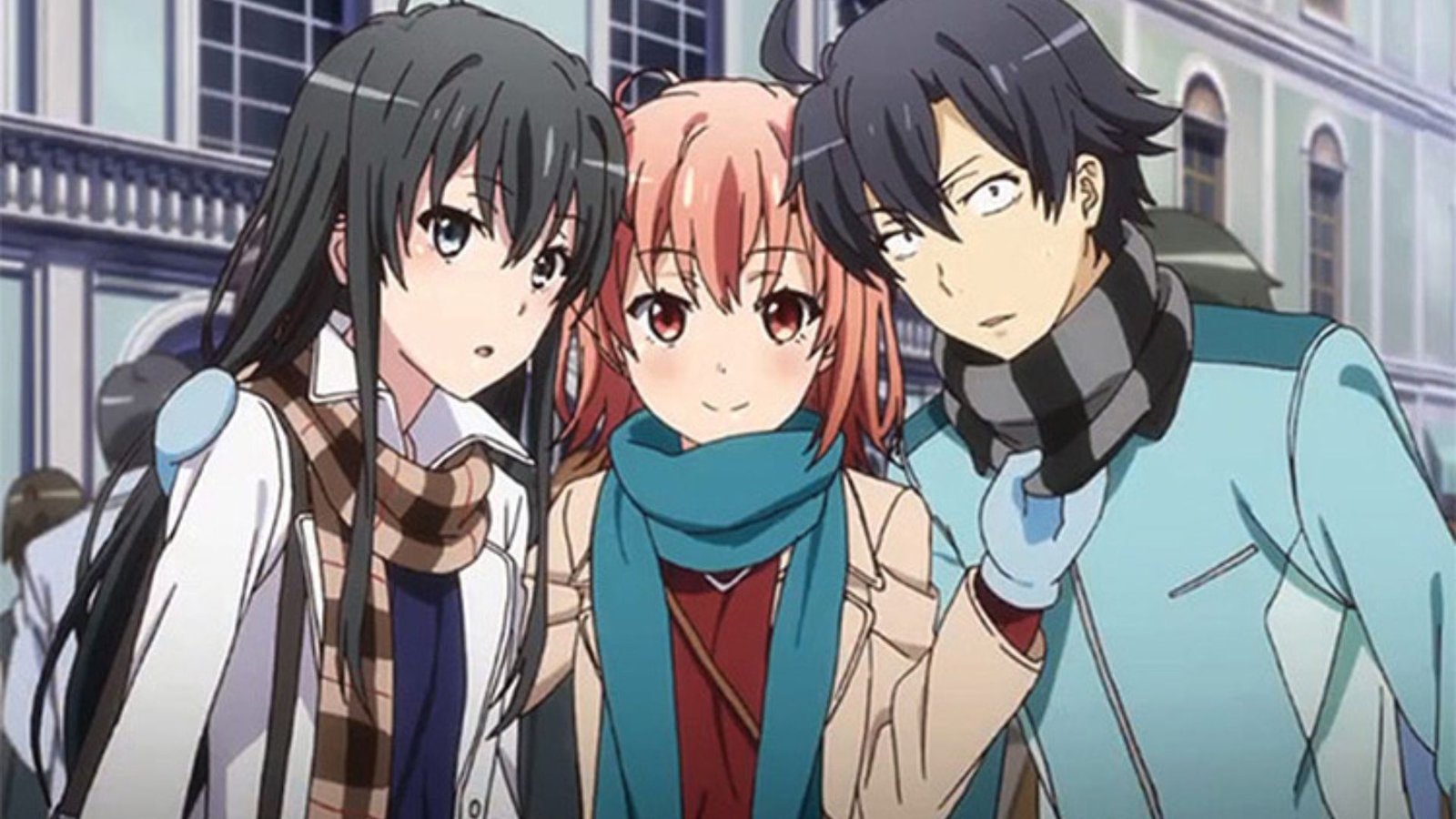The world of literature is constantly evolving, and contemporary novels are no exception. As the literary landscape adapts to changing social, technological, and cultural contexts, new trends and approaches are emerging. From more inclusive storytelling to the blending of genres and the use of technology, contemporary authors are pushing boundaries and redefining what novels can be. In this article, we explore the most exciting trends shaping contemporary novels today.

Diverse Voices and Representation
One of the most significant shifts in contemporary literature is the increasing focus on diverse voices and inclusive representation. Authors are exploring experiences from a broader range of cultural, racial, and gender perspectives. This change reflects a growing awareness of the need for literature to mirror the richness of the real world.
Key Elements:
- Cultural and racial diversity: Novels are exploring stories from marginalized communities, offering new insights into different cultural and social contexts.
- Gender and sexual diversity: There’s a growing presence of LGBTQ+ characters and experiences, offering visibility and promoting inclusion in fiction.
- Representation of disabilities: More novels now feature characters with disabilities, exploring their challenges and triumphs in ways that challenge stereotypes.
Example: The Vanishing Half by Brit Bennett tells the story of twin sisters with different racial identities, providing a rich examination of race, family, and identity.
Genre-Blending and Hybrid Narratives
Contemporary novels are increasingly blending genres, creating hybrid narratives that offer readers something fresh and unpredictable. The fusion of science fiction, fantasy, romance, mystery, and historical fiction allows for more creative storytelling and provides new ways to explore complex themes.
Key Elements:
- Fantasy and realism: Magical realism continues to be popular, where authors combine fantastical elements with real-world settings.
- Cross-genre storytelling: Novels now combine elements of thriller, romance, literary fiction, and speculative genres, creating unique reading experiences.
- Non-traditional formats: Some books mix letters, journal entries, or multimedia elements with traditional narrative styles, adding layers to the storytelling.
Example: The Night Circus by Erin Morgenstern blends romance, fantasy, and magical realism into a unique and captivating story.
Exploration of Mental Health
The conversation around mental health has become more open in society, and contemporary authors are increasingly addressing these topics in their novels. Mental health struggles, including anxiety, depression, and trauma, are depicted in complex and nuanced ways, offering readers a deeper understanding of these experiences.
Key Elements:
- Realistic portrayals: Characters with mental health challenges are no longer reduced to stereotypes but are shown as multidimensional individuals.
- Self-discovery and healing: Many novels explore themes of healing, therapy, and personal growth, making mental health a central theme in character development.
- Challenging stigma: Authors are using their platforms to challenge the stigma surrounding mental illness, encouraging greater empathy and understanding.
Example: Turtles All the Way Down by John Green follows a young girl’s battle with obsessive-compulsive disorder (OCD) and explores the complexities of mental health.
Climate Fiction (Cli-Fi)
As the global conversation around climate change intensifies, a new genre of fiction called climate fiction or cli-fi is gaining traction. These novels explore the environmental crisis, focusing on the impact of climate change on individuals, societies, and the planet. They aim to raise awareness and provoke thought about the future of the Earth.
Key Elements:
- Dystopian futures: Many cli-fi novels imagine futures where climate change has dramatically altered the landscape, leading to new social, political, and environmental realities.
- Activism and survival: Characters often grapple with the personal and collective consequences of environmental collapse, offering a sense of urgency to the issues at hand.
- Real-world connections: Authors use fiction to reflect the scientific reality of climate change, making readers more attuned to the dangers and the importance of action.
Example: The Water Knife by Paolo Bacigalupi imagines a future where water scarcity caused by climate change leads to social upheaval and conflict.
Conclusion
Contemporary novels are reflecting the complexities of modern life through diverse voices, innovative storytelling techniques, and the exploration of critical social issues. From the blending of genres to the incorporation of technology, these emerging trends are pushing the boundaries of what a novel can be. As authors continue to experiment with form and content, readers can look forward to even more exciting, thought-provoking, and boundary-breaking literature in the years to come.











